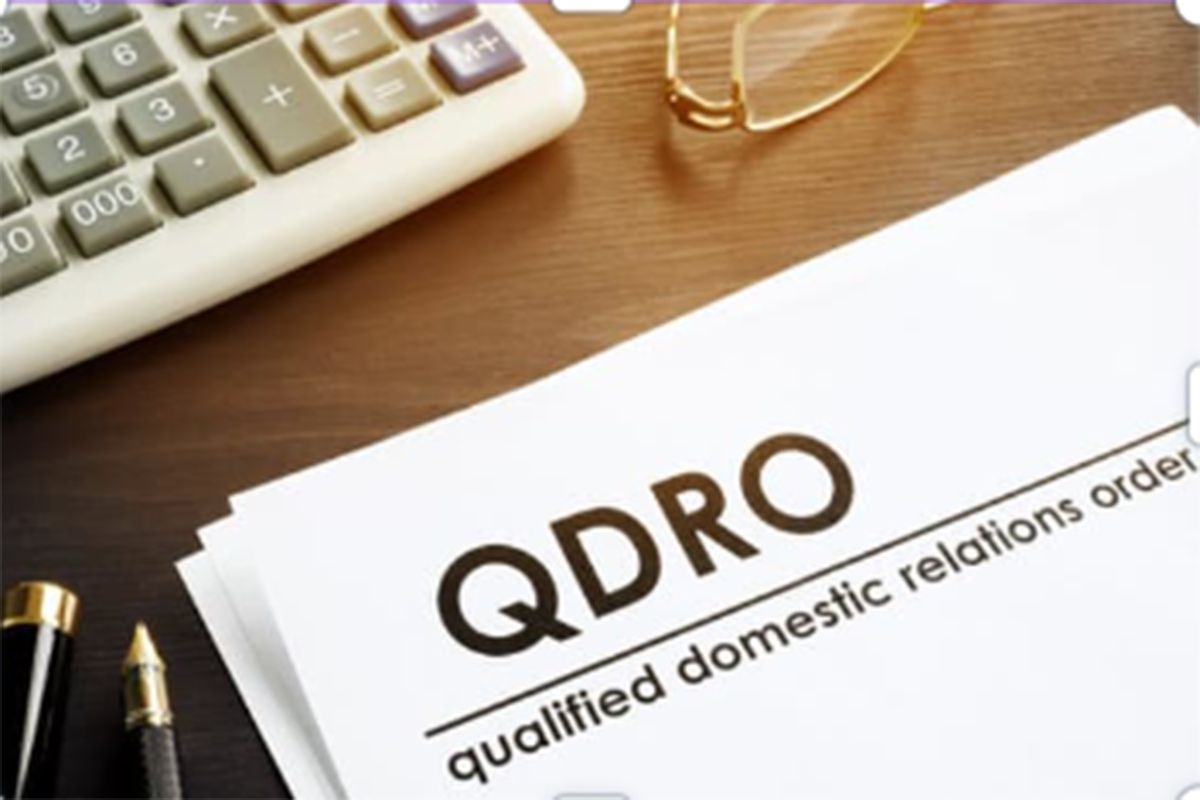What the heck is a QDRO and do I really need one?

You and your spouse have reached a settlement agreement and are in the home stretch of your divorce. Suddenly, however, your attorney or mediator turns to you and informs you that you will now need a QDRO, which, by the way, will incur additional costs. What? Wait! Are you serious? What on earth is a QDRO?
Understand it or not, the QDRO is the final obstacle in your divorce journey because it ultimately is the legal tool to divide certain assets like 401(k) plans, 403(b) plans, pensions, 457 programs, deferred compensation plans, and some RSU (restricted stock unit) accounts. When a divorcing spouse has to share a qualified retirement account, a legal document known as a qualified domestic relations order, or QDRO, is needed. A QDRO must be prepared and filed to the plan in order for a Qualified Retirement Account to allocate all or a portion of the funds to a non-employee spouse. This assignment must first be made in the divorce judgment.
However, keep in mind that a QDRO is not necessary for Individual Retirement Accounts, or IRAs. Legally, all that is required for an IRA to be divided is your divorce judgment. But even then an IRA can use a QDRO to take advantage of a little-known concept presented by divorce to avoid withdrawal penalties.
MAKE NOTE…you have ONE chance to withdraw funds from a retirement plan without incurring penalties if you receive retirement assets from a former spouse via QDRO. The withdrawal before the age of 59-1/2 will not incur the typical 10% penalty, although it will be considered taxable income. If you wish to be able to accomplish this from an IRA or the employer-sponsored account, then you must use a QDRO! Yes, a QDRO!
In my practice, I assist clients in the creation of QDROs by serving as their advocate with a QDRO lawyer I have investigated and found to be the most reasonable. I have learned about the numerous dangers that QDROs can provide, as well as, how frequently mediators and attorneys fail to address these issues during settlement negotiations. Below is a brief overview of some of the details that are frequently disregarded.
- Is the non-employee spouse eligible to get a lump sum payout when they retire?
- Would the non-employee spouse continue to get benefits if the employee spouse passes away?
- Have any unpaid loan sums been considered?
- When dividing a 401(k), what day does it actually happen? Are the earnings or losses from that point forward included?
- Does the pension plan create a separate account for the non-employee spouse so they can pick their own beneficiaries and payout options? If not, have you taken any steps to shield the non-working spouse from early retirement penalties?
As you can see, a QDRO's waters are dangerous and not recommended for beginners. Buyer beware, too! QDROs can cost between $500 and $3,000. The language of each plan's QDROs must adhere to extremely particular standards, so it is imperative that the preparer possess a copy of the plan documentation on hand before beginning to assure compliance. If the plan permits it, you should make sure that the QDRO will be PRE-APPROVED to avoid rejection and additional costs for a proper re-do.
Once the judge has approved your decree as final, you send the completed QDRO to him or her as well. Only when it has been signed is it ready to be submitted to the plan. The non-employee spouse will then be contacted to obtain instructions for the disbursement or to learn the name of the new account created on their behalf.
This QDRO concept is complicated. Make sure you have a professional who can assist you through it so you don't fall victim to one of the sharks out there who knows you need help and isn't scared to charge you up to $3,000 for it.
Contact us right now if you require an accurate, reasonably priced QDRO. We stand by your side.
This information is not intended to be a substitute for seeking legal advice from an attorney. For legal or tax advice please seek the services of a qualified attorney and/or qualified tax professional.
